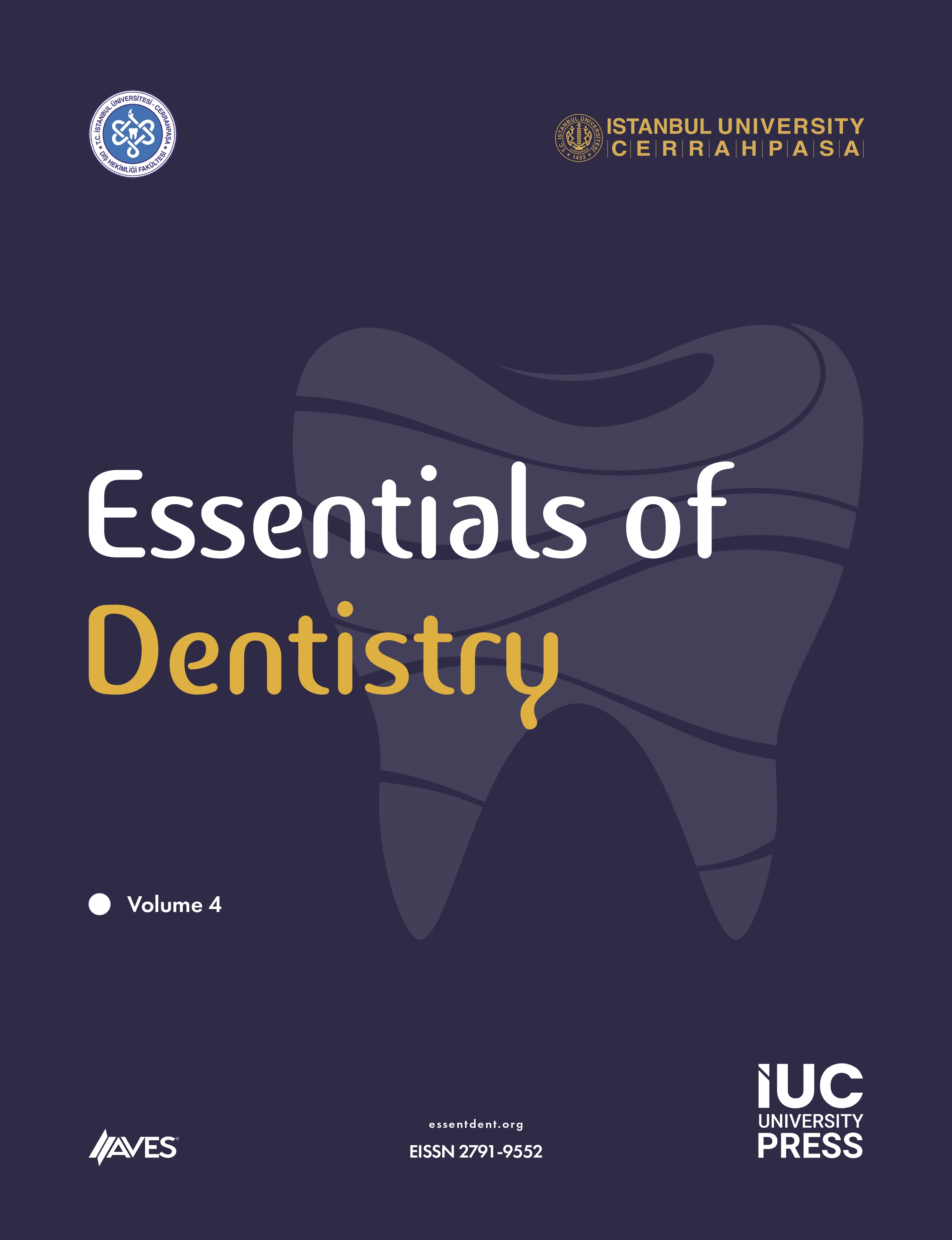Objective: The aesthetic success of composite resins is directly related to surface roughness and color stability. External discolorations on the composite restoration surface due to plaque accumulation or coloring agents can be easily removed from the restoration surface with polishing.
Methods: Three different posterior composite materials were used to evaluate the color changes of composites in this study (Gradia Direct, Dentsply Spectrum, 3M ESPE Filtek Ultimate). Seven cylindrical samples of 5 mm diameter and 2 mm thickness were prepared from each material. Color measurements were made from the samples at 4 different intervals: after placing the samples in distilled water for 24 hours, after placing them in sour cherry juice for 24 hours, after storing them in the distilled water again for 24 hours, and after repolishing. Composite colors were measured using a clinical spectrophotometer (VITA Easyshade V).
Results: Mean and SD values of CIELAB color coordinates and WID from resin-based composites (Dentsply Spectrum, Gradia Direct, and Filtek Ultimate) are recorded. There were significant differences in color differences (ΔE*ab) among composites evaluated for different periods (T1–T0 and T2–T1; P < .05). The mean values of Filtek Ultimate were significantly different from other composites in the T1–T0 groups (P < .05). Mean values of Dentsply Spectrum were significantly different from Gradia Direct and Filtek Ultimate in the T2–T1 groups (P < .05).
Conclusion: All the different composites showed a ΔE value above the perceptibility threshold of 1.2. Filtek Ultimate showed a significant color change after exposure to the sour cherry juice. It can be concluded that sour cherry juice has an influence on the color stability of different posterior composites.
Cite this article as: Demir A, Çetindere S, Şirinoğlu Çapan B. Color stability evaluation of different posterior composites. Essent Dent. 2023;2(1):9-13.






